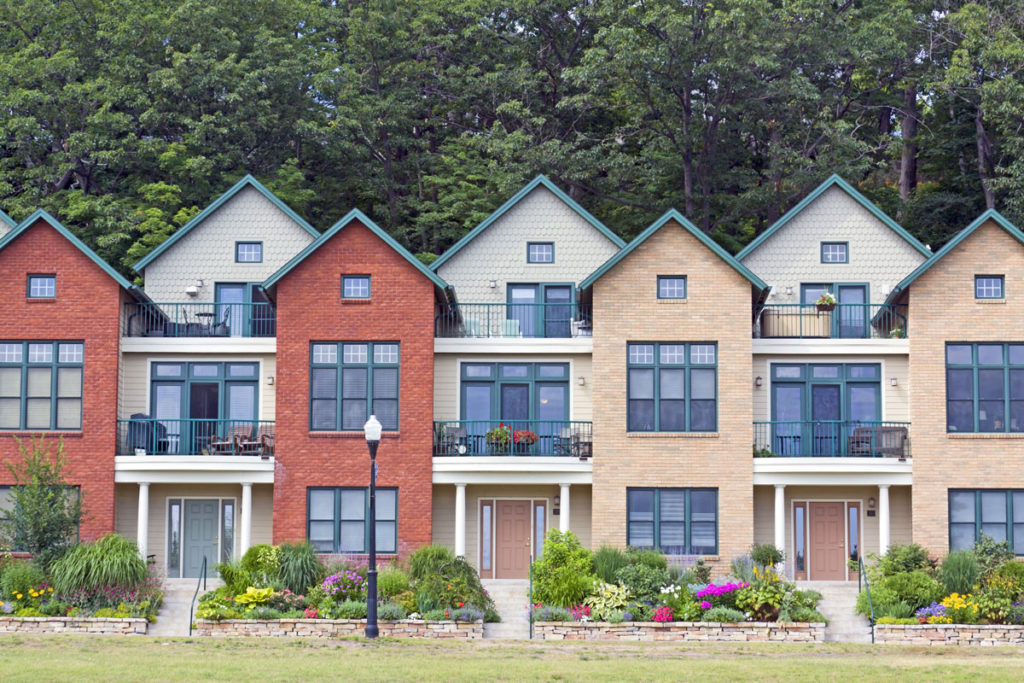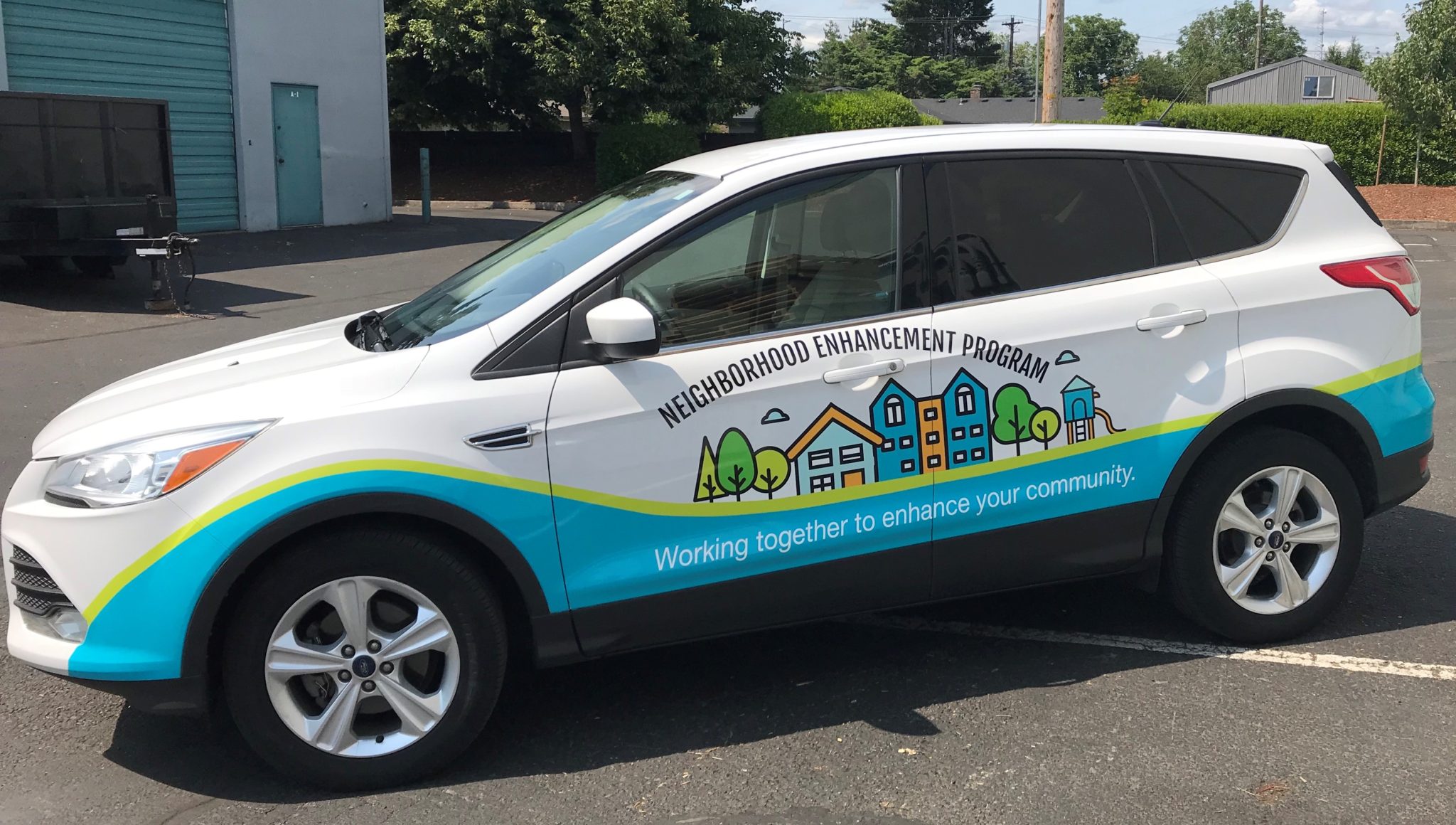 Homeowner Associations create Committees to help manage the off-handed happenings of the community. Often, committees are considered the backbone of the association, taking on tasks ranging from management of association finances to establishing and maintaining landscaping standards.
Homeowner Associations create Committees to help manage the off-handed happenings of the community. Often, committees are considered the backbone of the association, taking on tasks ranging from management of association finances to establishing and maintaining landscaping standards.
There are two main types of committees within Homeowner Associations: Ad Hoc and Standing.
Ad hoc committees are generally assigned to handle a specific task/topic and the committee is dissolved after that particular task has been completed, such as a social function or investigating alternatives to association assessment increases.
Standing committees exist indefinitely, but often have different members throughout the years of operation. These committees might include landscaping, architectural design, or association finance committees. Ad hoc committees give homeowners a chance to, more or less, test the waters of committee-life before taking the leap into a volunteer position within a standing committee, or even the Board of Directors.
How are committees established? The Association’s governing documents, most specifically the Bylaws, will govern how the Board can set up and maintain committees. These Bylaws sometimes outline the purpose and guidelines for established committees and will identify how many members should be involved in order to have an active committee. Please reference your own community’s governing documents to determine what your community’s guidelines around committees are.
Some characteristics of effective committee members include, but are not limited to:
* Having a strong interest in the committee’s purpose and a vested interest in improving the community.
* Understanding of the responsibilities of the committee position.
* Willingness to spend an appropriate amount of time on committee tasks and serve in the volunteer position’s full capacity until either the term has ended or the committee has dissolved.
Considerations when selecting new committee members:
* Individuals who are of good character, energetic, and dependable.
* Individuals who have skills, interests, and backgrounds closely associated with the committee they’d like to join.
* New owners within the community might bring forth a new set of eyes with fresh ideas.
* Those who have served on committees in the past might bring an experienced perspective to offer supporting guidance and insight when appropriate.
* Depending on your Association’s documents, tenants might also be able to participate, which might create a more vested interest in the community.
Committee Chair
Association Committees should always have a committee chair. This individual serves as the point of contact and leadership for the committee. Without this important leadership role in place, the committee will likely disintegrate and may not be as successful as it’s full potential.
Committee chairs are responsible for conducting meetings, keeping all committee members informed and organized, possess an encouraging attitude to keep progress moving forward, and draft committee progress reports to the Board of Directors when appropriate.
What a community might need in terms of Committees will vary widely across the board as it will heavily depend on the size, location, and overall needs of the community. Some communities with larger common areas and HOA-maintained front lawns might greatly benefit from a landscaping committee. Other communities that are being newly developed will likely benefit most from an architectural review committee that would be responsible for reviewing home design plans as new homes are built into the Association. Owners should consider serving the community in this exciting capacity. Consult with your Board of Directors or contact your community manager for more information.




